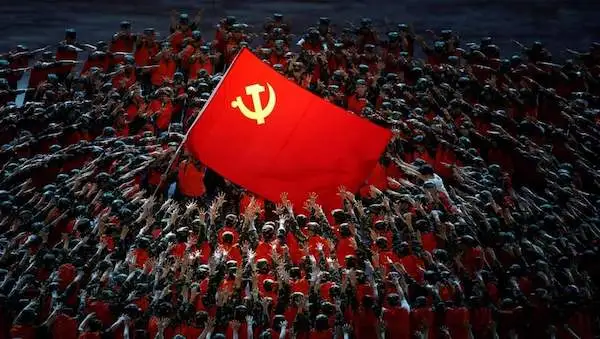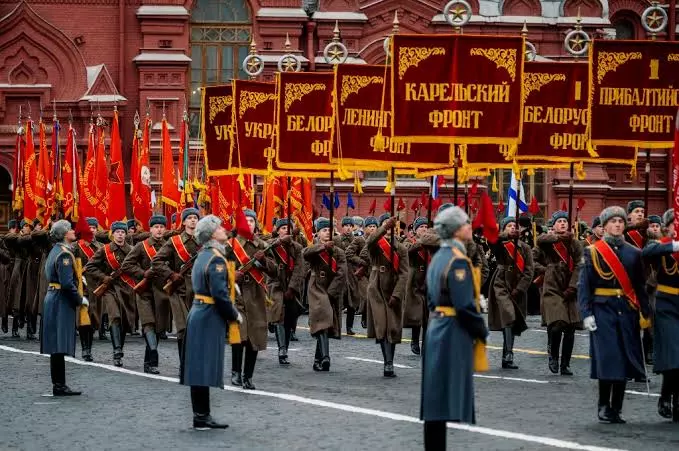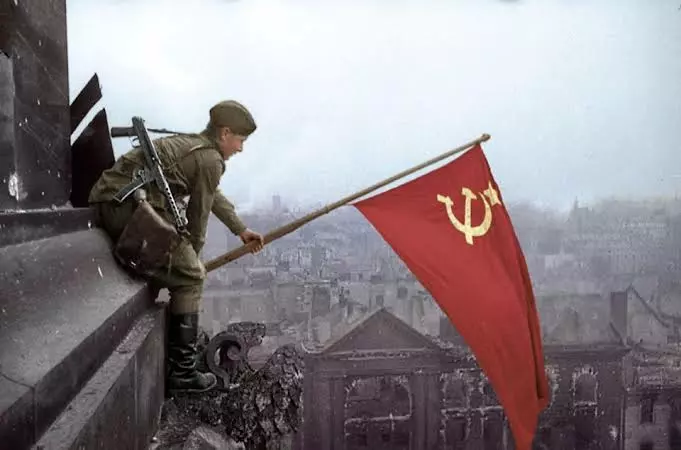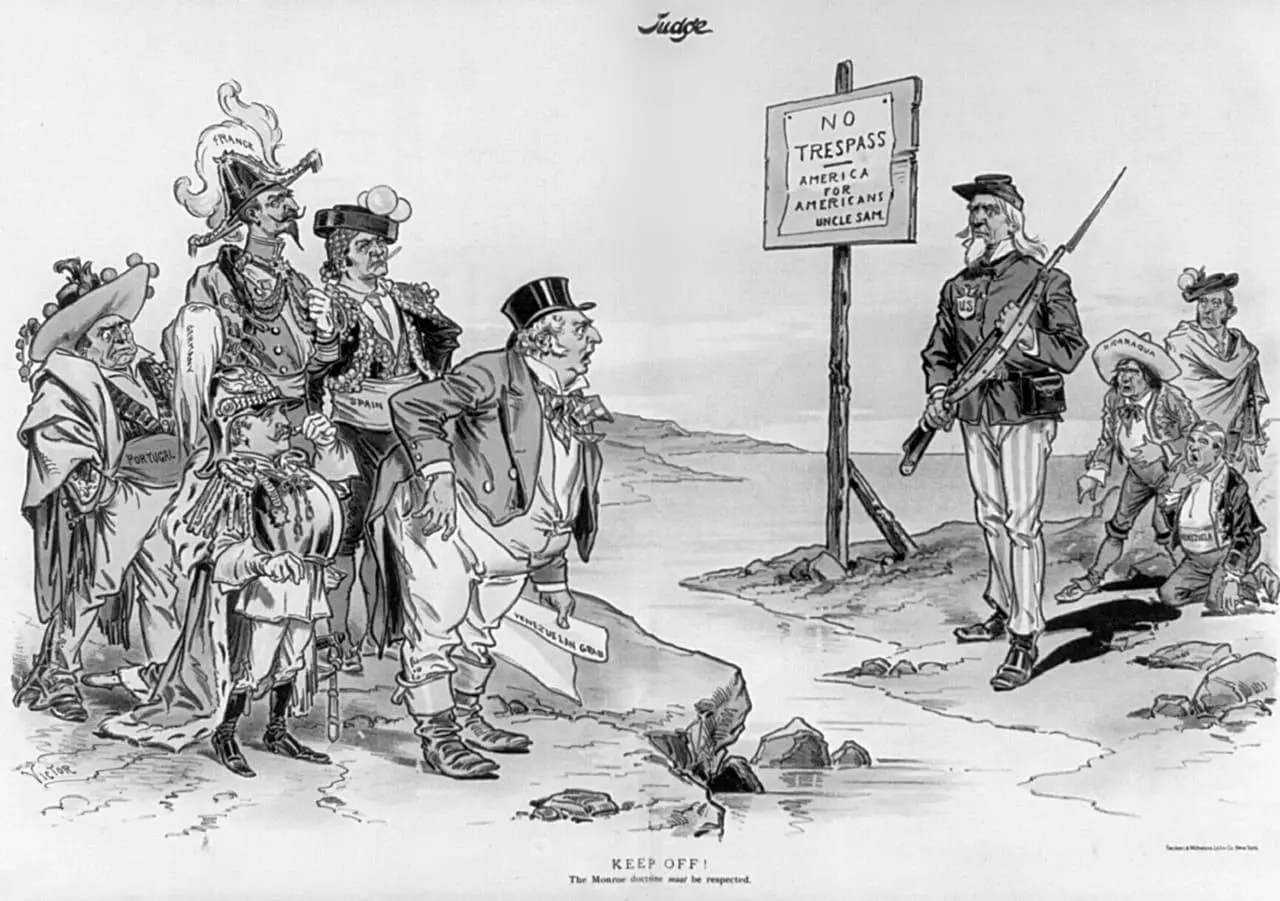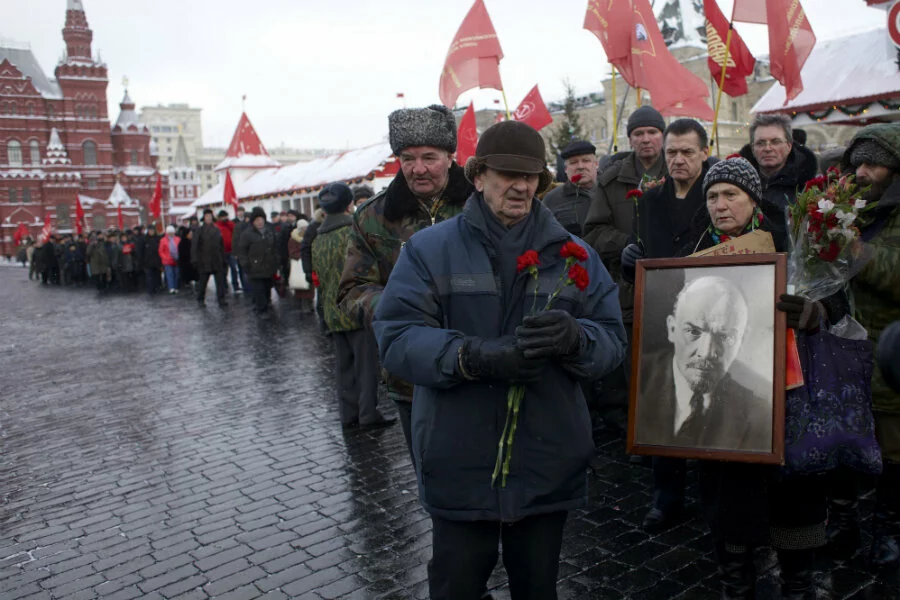Cacerolazo, a manner of protesting has made an unexpected return. This manner of protesting, entails people coming out on the streets and clanking their empty pots and pans to create noise and call for attention. Cacerolazo, known as pots and pans movement in English, made a comeback following financial crisis in Iceland in 2009, in Québec in 2012 and in neoliberal Argentina in 2001.
Chile was in a dire situation. With a shortage of almost everything, the people had finally mustered up the courage to rise in rage. 1971 witnessed women taking the streets, coming out of their homes with an assortment of cutlery. The cacophony of the clanking pots was to draw attention to lack of food on their tables, and against the ‘oppressive’ nature of Allende’s policies. The objective was clear- to get rid of Allende. Such was the socio-political climate in Chile in the early 70’s, paving way for a brutal dictatorial regime that lasted for 17 years that not just destroyed the economy of Chile, but also undid all the progressive changes that took place under the previous government. This cacerolazo was not the first of its kind. In the 60’s a similar outbreak occurred in Brazil. When the erstwhile president of Brazil, João Goulart, of Partido Trabalhista Brasileira (Brazilian Labor Party) moved ahead with agrarian, electoral and educational reforms, the middle class, in cahoot with the Church participated in protests against the government, named March of the Family with God for Liberty. This extensively named march led to the downfall of the Goulart government and led to a military coup later that month.
The cacerolazo which took place in 1971 cannot be understood in isolation. To understand the protests, one has to look at Chile before the rise of Allende.

PRE ALLENDE CHILE
The Chilean economy has to be looked into to understand why Allende did what he did. Economically speaking, Chile was underperforming. GDP grew at an average rate of 3.8 percent per annum, whereas real GDP per capita increased at an average yearly rate of 1.6 percent. In the 1950s, inflation, which had been a problem in Chile since the 1880s, reached its peak. The rate of increase of consumer prices averaged 36 percent per annum during the decade, reaching a peak of 84 percent in 1955. This forced Chile to borrow extensively from the United States as well as other multilateral agencies. The Chilean economy was characterized by its heavy dependence on the export of copper. The copper mines, on which depended the livelihood of the Chilean working class posed a threat to their health and was privately owned. Natural resource companies, such as Anaconda and Kennecott, are large, oligopolistic, vertically integrated. 35% of the national income was controlled by the top 10%. These companies survived by extracting high rent from its final consumers. The condition of the working class was miserable. They had low wages and they struggled to make ends meet. In order to resolve this problem, the Chilean government slowly began to nationalize its copper industry.
Another notable aspect of the Chilean economy is its dependence on land. Like in other Latin American countries, land was divided into haciendas (large tracts of privately owned estates). According to a 1925 census these estates covered nearly 90% of all the land in this region. Not surprisingly, peasants had little to no land holding. 98% of the land near Valparaiso was owned by 3% of landowners. The big landowners used rudimentary methods which hampered agricultural growth and the cultivators lived in semi feudal, sub human conditions. Unlike other Latin American countries, Chile did not witness major land reforms. The ones done by president Eduardo Frei Montalvo, due to pressure from the left were not radical enough.
To sum it up, the capitalists along with the bourgeoise land owning class held their own interests supreme and thus opposed any kind of radical change in the Chilean Society.
These factors set up the premise for Allende.
CHILE UNDER SALVADOR ALLENDE:1970-1973
Chile was on the highway to socialism in these years. Salvador Allende Gossens was elected as the president in his fourth bid for the office. The third world hailed it as a major democratic socialist achievement. A crisis ridden Chile could only be set straight by someone like Allende. Allende ran with the Unidad Popular (UP or Popular Unity) coalition and received a plurality with 36.2% of the vote. La vía chilena al socialismo" ("The Chilean Way to Socialism") was a policy pursued by Allende once he was in power. Owing to the dire situation of the Chilean economy, it entailed nationalization of certain large-scale industries (notably copper), of the healthcare system. It also espoused a free milk scheme for children as well as land redistribution. The land was given to the natives who, previously, were largely ignored by the political class. Needless to say, Allende was like a breath of fresh air for the suffocated Chileans.
This makes it even more important to examine how his policies materialized and what outcomes did they yield. The expansionary fiscal policy implemented helped raise the aggregate demand (10.4%) in 1971, whereas real GDP experienced an expansion of 9.4% with an important decline in the unemployment rate to 3.9%. This, however wasn’t followed by a rise in price. This good performance, however, couldn’t sustain the following year. This started going downhill faster than one could imagine. Hyperinflation, shortages and unrest rocked Chile. This brings us to the infamous cacerolazos.
CACEROLAZOS-DEBUNKING MYTHS:
The sounds of clanking pots and pans were meant to resonate with the masses. The empty plates were meant to garner support and sympathy from the common man. And they did just that. The participation of women in these marches seemed like the neoliberal’s dream come true. It was the conservatives who took to the streets, protesting against Allende. While protesting against shortages and hyperinflation seemed like a just thing to do, it has to be kept in mind that the shortages were in fact caused due to hoarding. Bourgeoisie shopkeepers purposefully withheld goods from the consumers. This was one of the causes of the shortages. The nationalization of the mines was disliked by the Americans. After the process of naturalization, Nixon sent men from CIA to initiate a coup. Henry Kissinger urged President Richard Nixon to overthrow the democratically elected Allende government in Chile because his "'model' effect can be insidious," according to documents posted by the National Security Archive Henry Kissinger, the National Security adviser to President Nixon declared, “I don’t see why we need to stand by and watch a country go communist because of the irresponsibility of its own people.” Moreover, the agrarian reforms irked the land owing elites who thought that they were losing thein land, money and power.
Another crucial factor that led to the downfall of Allende is the role of the middle class. The status quoist middle class, reluctant to relinquish their land also contributed to counterrevolutionary activities such as these protests. A combination of counterrevolutionary tendencies fueled by class differences and America’s efforts to destabilize Allende resulted in a successful coup.

While class differences and America’s interventionist nature have been discussed, the role of women yet remains unanalyzed.
WOMEN UP AND ABOUT: THEIR ROLE IN COUNTERREVOLUTIONARY ACTIVITIES
The archetypal Chilean woman finds comfort and joy in femininity and traditional roles assigned to women. Like all other Latin American countries, Chile too has a predominance of Catholics. Thus, it is not a surprise that the Chilean woman was deeply religious. This being said, it was hard for a Chilean woman, bourgeoisie or otherwise, to rise to the ranks of power. Up until 1934, women could not be involved in the political life in Chile. The first female Mayor in Chile was elected in 1935. The subservient women of Chile came together and rose in rage against Allende. But it is unfair to say that all women wanted the same. The conservatives managed to unite women from liberal as well as the conservative spectrum. Unlike Cuba, which grants women and men equal rights and responsibilities in raising children, maintaining the home, and pursuing a career, Chile had no laws which benefited women. To sum it up, though the conditions of the working class improved , the Chilean woman still suffered. Held back by regressive social norms and ideas of gender, it is not difficult to understand the fact that these women joined hands with the junta, pleading them to save their families. These prominent upper class women organized under a group called El Poder Femenino (female power). Now, it is noteworthy that the husbands of the women who organized under this group were important figures in opposition politics. One of the founding members of EPF in fact worked for El Mercurio, Chile's principal right-wing newspaper. She was the one who called for an opposition women's movement to several days after Salvador Allende and his Unidad Popular coalition were elected.
Bourgeoisie women, in cahoots with powerful, wealthy, bourgeoisie men organized to topple a democratically elected government.
CREATING VARIOUS NARRATIVES:
The cacerolazo was hailed was a means of women raising their voice. In fact, the day of the cacerolazo ( 1st December 1971) was decreed as national women’s day by Pinochet. Such narratives created by the conservatives really impact the way this event has been covered by the media in Chile and elsewhere. The movement was led by those in power.

This sort of narrative around the protest was seen as the reclamation of women’s rights. Since the conservatives were largely wealthy, they controlled the media. This gives them access to information. It was very easy for them to push forth their agenda with control over the media and gain popular support. The unwavering support from the USA only made it easier.
The coup, which followed these protests 2 years later in fact polarized the Chilean masses. Some saw Allende’s rise as the death of democracy, family and values while others saw the coup as the worst repression one could ever face.

